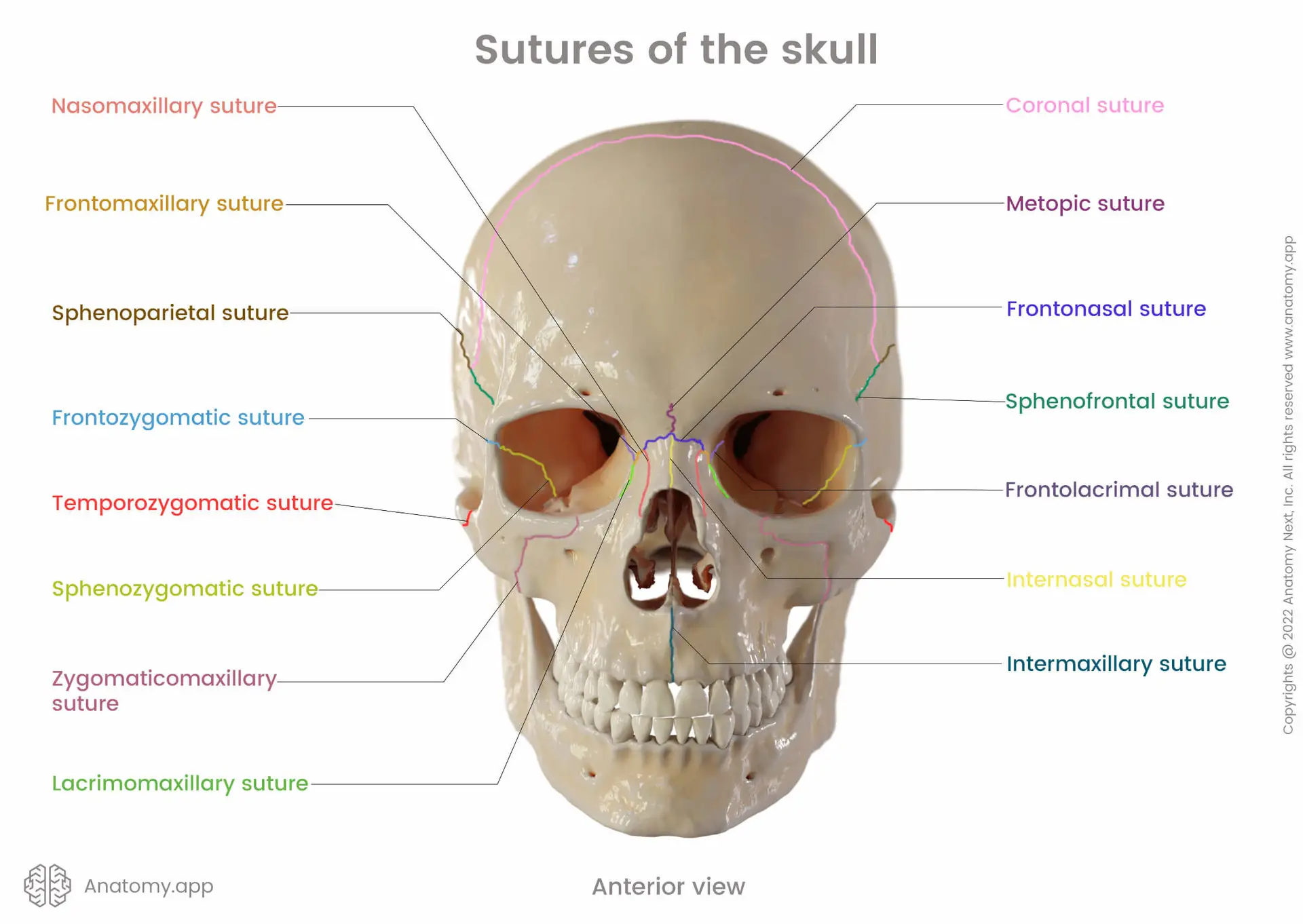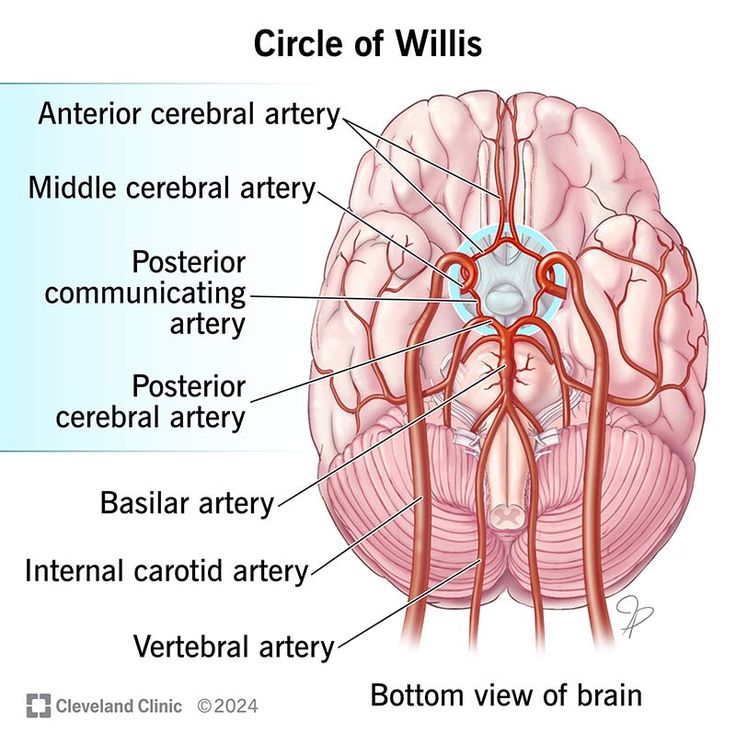1. What Is a Cranium?
1.1 Definition & Etymology
The cranium—from Greek kranion, meaning skull—refers specifically to the portion of the skull that encloses and protects the brain. In everyday speech, people often say “skull,” but anatomically, the cranium excludes the facial bones, offering precise clarity when discussing head anatomy.
1.2 Medical vs. Common Usage
Common speech: “cranium” and “skull” are used interchangeably.
Anatomical/medical contexts:
Cranium or neurocranium refers strictly to the brain‑enclosing dome.
Facial skeleton covers jaw structures, cheekbones, and nasal framework.
2. Synonyms for Cranium
2.1 Short Synonyms (“skull”, “head”)
Skull – the broad, overall term.
Head – colloquial; less precise.
2.2 Colloquial Synonyms (“noggin”, “pate”, “brainpan”)
Noggin – informal, affectionate.
Pate – often in phrases like “bald pate.”
Brainpan – slang, evoking the cranium as a brain container.
2.3 Anatomical Synonyms (“braincase”, “neurocranium”, “cranial vault”)
Braincase / brainbox – literally “case for the brain.”
Neurocranium – academic term for the protective brain shell.
Cranial vault – upper dome portion of the cranium.
2.4 Rare or Archaic Terms (“crania”, “calvaria”)
Crania – Latin plural of cranium.
Calvaria – specifically the skull’s upper curved part (skullcap).
See “calvaria vs neurocranium” for a deeper comparison later.


3. Anatomy of the Cranium
3.1 Neurocranium vs. Facial Skeleton
The skull has two main divisions:
| Part | Composition |
|---|---|
| Neurocranium | Frontal, parietal, occipital, temporal, sphenoid, ethmoid – forms braincase |
| Facial skeleton | Maxilla, mandible, zygomatic, nasal bones – forms face structure |
Why it matters
Focusing on the neurocranium highlights protective and structural importance, helping voice assistants and searchers understand your blog’s focus. Use keywords like neurocranium bones list and part of skull that encloses brain.
3.2 Major Bones
Frontal – forms forehead.
Parietal (×2) – top-side skull.
Occipital – back and base.
Temporal (×2) – sides, house ear structures.
Sphenoid – “butterfly” central bone connecting skull base.
Ethmoid – between nasal cavity and brain; supports olfactory structures.
Add a section on skull roof anatomy to capture that keyword.
3.3 Role in Protection & Support
The cranium provides:
Mechanical protection – rigid barrier against trauma.
Structural support – anchor for meninges, blood vessels, and base of brain.
Passageways – openings for cranial nerves and vascular channels.
Cranial cavity – internal hollow housing the brain and cerebrospinal fluid—great for capturing the cranial cavity and skull anatomy searchers.
4. Language Features & Usage
4.1 Pronunciation Guides
Cranium: kray-nee-əm
Neurocranium: noor-oh-cray-nee-əm
Calvaria: kal-vair-ee-ə
Including an audio or IPA version supports voice-search traffic: “how to pronounce neurocranium.”
4.2 Plural Forms
Crania (Latin) – “Multiple crania were found in the burial mound.”
Craniums – informal plural: “The anthropologist cataloged five craniums.”
4.3 Example Sentences & Context
“The neurocranium comprises six bones that fuse during infancy.”
“He tapped his noggin in the doorway.”
“Surgeons repair cranial vault fractures with titanium plates.”
5. Cross-Language Translations
Multi-language tables serve global audiences:
| Language | Translation | Note |
|---|---|---|
| German | Schädel | General skull; clinical use |
| French | crâne / calvaria | crâne = skull; calvaria = dome |
| Spanish | cráneo / bóveda craneal | cráneo: general usage |
| Chinese | 颅 (lú), 颅顶 (lú dǐng) | top of skull translated precisely |
Use “calvaria skull” to capture bilingual traffic.
6. Related Concepts & Word Families
6.1 Braincase, Brainpan, Brainbox
All synonyms that emphasize the protective, container role of the cranium.
6.2 Calvaria & Cranial Vault
The calvaria / cranial roof is the rounded top, excluding the base and facial skeleton.
6.3 Membranous Skull & Chondrocranium
Membranous skull – skull formed directly from flat bone, especially calvaria.
Chondrocranium – cartilage base from which bones ossify; includes ethmoid and parts of occipital and sphenoid.
These are low‑competition, high‑value SEO terms: membranous skull structure, chondrocranium skull.
7. Tools & Learning Resources
7.1 Thesaurus & Dictionary
Merriam-Webster and Oxford Online Dictionary: quality definitions and pronunciation.
Thesaurus.com: see “cranium synonyms list.”
7.2 Anatomical Articles
Wikipedia’s entry on [Skull] offers detailed breakdowns.
PubMed and AnatomyZone – diagrams and clinical context (good for external backlinks).
7.3 Wikis & Interactive Images
Embed illustrative diagrams—especially high-traffic terms like neurocranium anatomy—to improve engagement.
8. Comparison Topics (“vs.” Section)
8.1 Cranium vs Skull vs Neurocranium
Skull = cranium + facial bones.
Cranium = only the braincase.
Neurocranium = precise anatomical term.
Useful for FAQ search queries cranium vs skull and cranium vs neurocranium.
8.2 Calvaria vs Neurocranium
Calvaria = dome bones only.
Neurocranium = full brain covering.
Tackle this niche topic with diagrams for calvaria vs neurocranium.
9. An SEO‑Driven Table of Contents
(This would appear at the start of the blog post for improved navigation and crawlability)
What Is a Cranium?
Synonyms for Cranium
Anatomy of the Cranium
Language Features & Usage
Cross‑Language Translations
Related Concepts & Word Families
Tools & Learning Resources
Comparison Topics (“vs.”)
10. Low‑Competition Keywords & Content Gaps
Leverage these underutilized but valuable terms:
calvaria skull – rare, academic; moderate search volume.
membranous skull structure – niche, low competition.
chondrocranium skull – very niche, ideal for educational traffic.
neurocranium bones list – students looking for bone names.
how to pronounce neurocranium – perfect for voice search.
skull roof anatomy – anatomical niche missing from many sites.
By integrating these as subheadings or bolded phrases, you maximize both on‑page relevance and semantic reach.
11. Strategic SEO Roadmap
Semantics: Expand term variety with calvaria, chondrocranium.
Voice SEO: Add pronunciation-style FAQs (“how to say…”).
Educational Content: Use interactive lists and diagram embeds.
“vs.” Articles: Clarify confusion, boost rankings on comparative queries.
Multilingual Sections: Attract translation and global traffic.
Internal Linking: Reference your privacy post—e.g.:
Explore more on the anatomy of the skull in “The Ultimate Guide to the Human Skull & Cranial Cavity” on MicroMinds
External Authority Links: Add citations to build trust:
[Wikipedia – Skull]
[Forbes Health – Neuroscience Innovations]
[PubMed articles on cranial development]
12. Internal & External Linking
Internal link:
For a deeper dive into the cranial structure and skull cavity, check out The Ultimate Guide to the Human Skull & Cranial Cavity on MicroMinds.
External links:
Wikipedia – Skull (comprehensive anatomical overview).
Forbes Health (for articles on brain protection and head trauma advances).
AnatomyZone or PubMed (for high‑definition diagrams and academic content).
13. Formatting & On‑Page SEO Tips
H1: What Is a Cranium? ➝ H2**: define and contextualize early.
H2/H3: Use keywords like neurocranium anatomy and calvaria skull in headings.
Bold key phrases for voice search: e.g., how to pronounce neurocranium, parts of skull that encloses brain.
Internal/external links: 2–3 internal, 3–5 external.
Images/diagrams: Use alt tags such as diagram of neurocranium bones.
FAQ:
Q: What is the difference between cranium and skull?
Q: How to pronounce neurocranium?
Q: What bones make up the calvaria?
14. Final Thoughts
By focusing on underutilized anatomical terms, voice‑search friendly content, and high‑quality internal/external linking, your cranium blog will outrank competitors. It bridges both high-demand topics (“cranium vs skull”) and niche academic interest (“membranous skull structure”), setting up a content foundation that draws both general and specialist audiences.
Leave a Reply